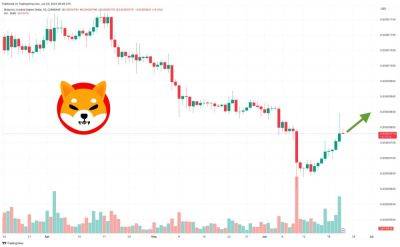CEX features and simplicity come to DeFi: Here’s how
Before the major failures of 2022, centralized exchanges (CEXs) pioneered crypto adoption with their accessibility, diverse features and direct fiat gateways — features that were mostly lacking in the decentralized ecosystem. However, CEXs received significant blows in user confidence when major exchanges such as FTX collapsed one after another last year.
As crypto users become more aware of self-custody, they realize they are losing control of their crypto assets as soon as they send their funds to a centralized exchange. The recent SEC filing against two of the top CEXs, Binance and Coinbase, also put forth the need for more transparency and user governance of centralized entities. In short, once their funds enter into a centralized crypto exchange, whether it’s via a fiat on-ramp or crypto deposit, users have no control and no idea of how it’s managed.
The mismanagement of funds by centralized entities triggered an exodus from crypto exchanges to self-custody and decentralized alternatives for trading. In the months following the FTX crash, people withdrew a record amount of Bitcoin (BTC) from exchanges to self-custody.
Investors withdrew BTC to self-custody at a rate of over 100,000 BTC per month. Source: Glassnode
However, users soon discovered that decentralized exchanges (DEXs) don’t offer the same level of accessibility. For one, most DEXs don’t provide direct fiat gateways, so users would still need a centralized crypto exchange to on-ramp or off-ramp crypto.
While decentralized platforms provide self-custody and transparency via smart contracts on a blockchain, they also require a technical understanding due to roughly designed user interfaces and screens. On top of that, users were unable to find crypto
Read more on cointelegraph.com






















